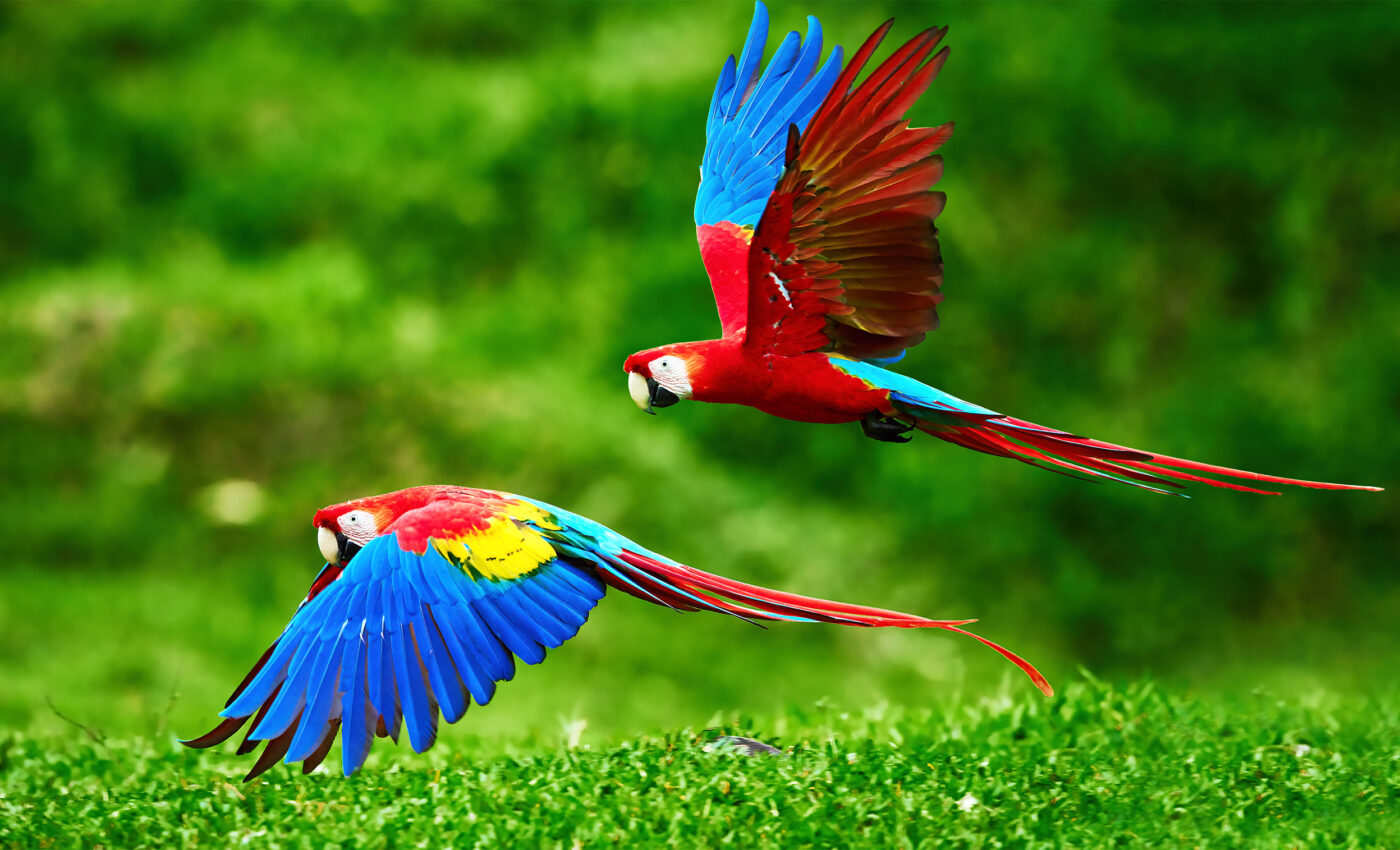
How birds’ brains evolved to enable them to fly
Evolutionary biologists from Johns Hopkins Medicine have made significant strides in understanding how bird brains evolved to support flight.
By integrating PET scans of contemporary pigeons with analyses of dinosaur fossils, the research sheds light on a long-standing biological mystery: the development of bird flight capabilities through brain evolution.
Birds’ cerebellum brain region and flight evolution
The key discovery is the adaptive enlargement of the cerebellum in certain fossil vertebrates. This brain region, crucial for movement and motor control, appears to have played a pivotal role in this evolutionary process.
For years, scientists have speculated about the importance of the cerebellum region of the brain in bird flight, yet lacked concrete evidence.
Addressing this gap, the current study juxtaposes PET scan data from modern pigeons during flight with the fossil record of ancient dinosaurs.
“Powered flight among vertebrates is a rare event in evolutionary history,” says Dr. Amy Balanoff, assistant professor at Johns Hopkins and lead author of the study.
Remarkably, only three vertebrate groups — pterosaurs, bats, and birds — achieved this feat, each evolving independently on the evolutionary tree.
Beyond physical adaptations
Dr. Balanoff and her team delved beyond external physical adaptations to explore the neurological foundations of flight.
Collaborating with biomedical engineers at Stony Brook University, they compared brain activity in pigeons before and after flight.
Using PET imaging — a technique akin to those used in human medicine — they examined changes in 26 brain regions.
The results were revealing. In all eight birds studied, the cerebellum exhibited significant increases in activity during flight.
This was complemented by heightened activity in the optic flow pathways, which link the retina to the cerebellum and are instrumental in processing visual movement.
Modern technology and evolutionary history
The novelty of this flight research lies in its correlation of modern bird brain function with historical evolutionary developments.
Utilizing a digital database of dinosaur skull endocasts, Dr. Balanoff traced the expansion of the cerebellum back to the earliest maniraptoran dinosaurs, precursors to the first flying birds.
This enlargement, coupled with increased tissue folding in the cerebellum, suggests a trajectory toward greater brain complexity and flight readiness.
While the findings are promising, the researchers acknowledge their preliminary nature. They caution that similar brain activity changes could occur in other behaviors, like gliding.
The study also focused on straightforward flying, leaving the role of other bird brain regions in complex maneuvers an open question.
The team’s future endeavors aim to identify specific cerebellar regions and neural connections critical to flight.
Implications of flight evolution in bird’s brains
This research contributes to a broader scientific dialogue about brain evolution, as posited by Dr. Gabriel Bever, associate professor at Johns Hopkins.
He suggests that the enlargement of the bird brain throughout evolutionary history may reflect the need to navigate diverse landscapes, ultimately paving the way for various locomotive adaptations, including flight.
“At Johns Hopkins, the biomedical community has a wide-ranging set of tools and technology to help us understand evolutionary history and link our findings to fundamental research on how the brain works,” Dr. Bever concluded.
In summary, the innovative research conducted by the team at Johns Hopkins Medicine marks a significant advancement in our understanding of avian flight evolution.
By ingeniously combining PET scan data of modern pigeons with the fossil analysis of ancient dinosaurs, they have uncovered the critical role of the cerebellum in enabling flight.
This breakthrough deepens our comprehension of bird brain evolution and guides scientific investigation towards the intricate connections between brain development and physical capabilities across different species.
As this study bridges past and present, it paves the way for future research to further unravel the mysteries of evolutionary biology and the complex journey of life on our planet.
The full study was published in the Proceedings of the Royal Society B Biological Sciences.
—–
Like what you read? Subscribe to our newsletter for engaging articles, exclusive content, and the latest updates.
—–
Check us out on EarthSnap, a free app brought to you by Eric Ralls and Earth.com.
—–













